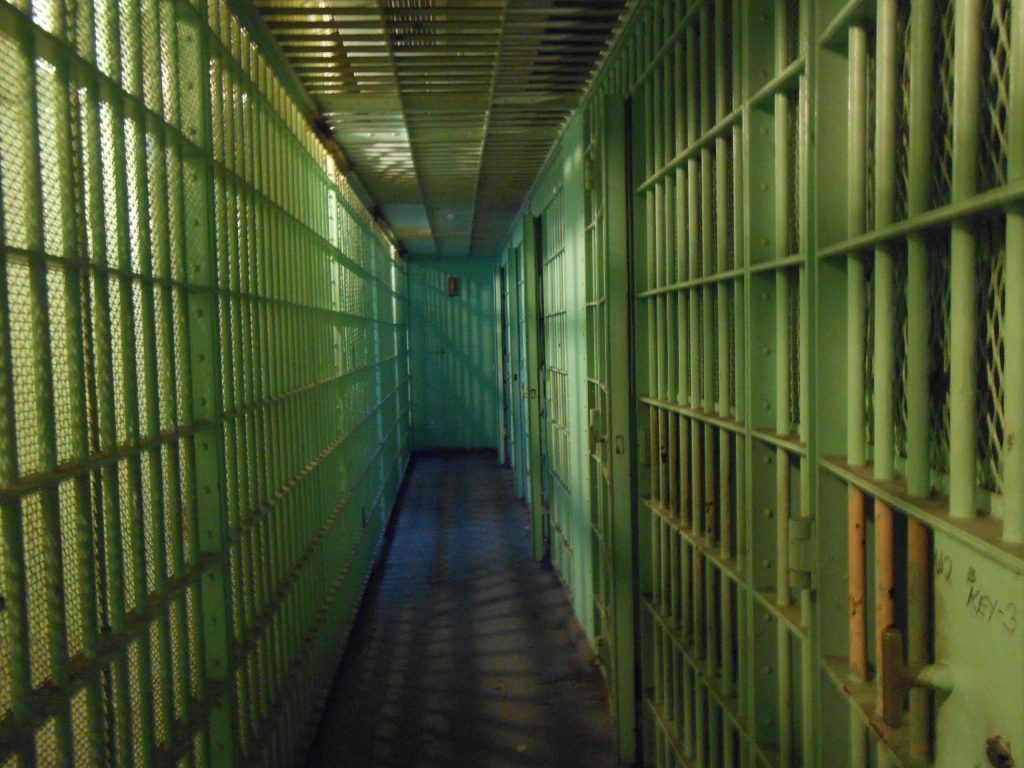Drug use has long been a problem in the United States and someone who wants to abuse them typically has little to no problem with finding them. Recently, we have seen a spike in opioid overdose deaths, this can be linked to the prescription painkiller epidemic and the illegal manufacturing and sale of fentanyl, a high strength opioid used to cut heroin that is roughly 80-100 times stronger than morphine. Fentanyl is used by drug cartels to increase profits, with little to no care about who might be consuming these drugs containing the highly potent substance. In the year of 2015 alone, there was a 50 percent increase in the number of people found guilty for trafficking drugs related to heroin. With drug abuse still on the rise, drug detection agencies have increased their efforts to crack down on drug trafficking. Unfortunately though, drug cartels operate like a business, and when one trade line is cut off they will always find new and ingenious ways of avoiding law detection.
Drug trafficking is a global illicit trade involving the cultivation, manufacturing, distribution, and sale of substances that are subject to drug prohibition laws such as marijauna, cocaine, methamphetamines, and heroin. For example, someone who is found manufacturing methamphetamines in his basement and later caught selling it to people on the street is also guilty of drug trafficking. Drug trafficking extends to any part of the illegal manufacturing process or distribution and sale of drugs that have been determined illegal and unsafe for the population by governing officials and law enforcement agencies.

The Drug Enforcement Agency (DEA) has found that Mexican drug cartels are still the biggest threat to America when it comes to the illegal manufacture or delivery of these harmful substances. Mexican drug cartels control a major share of the smuggling and distribution of drugs within the United States. According to the DEA’s drug threat assessment, there are six main Mexican drug cartels that are contributing to this growing problem in the United States. They are known as the Sinaloa, Jalisco New Generation, Jaurez, Gulf, Los Zetas, and the Beltran-Leyva Organization. The DEA has discovered that the areas mainly affected by the illegal drug trade are ones that lie closer to the Mexican border.
Due to its close proximity with Mexico, the state of Texas is the most heavily affected region. These Mexican drug cartels smuggle their drugs across the border and begin distributing them throughout the state. Interestingly enough though, marijuana is the drug with the highest conviction rate in Texas, due to the influx of Mexican weed that is coming across the border. Texas is also has the fourth highest rate per capita for drug trafficking sentences with an average sentence lasting around 77 months (about 6 ½ years).
In response to this growing crisis, Texas government officials enacted what is known today as the Texas Controlled Substances Act. It defines drug trafficking as the manufacturing or delivery of controlled substances. In the state of Texas, being convicted for trafficking drugs is a felony and considered a very serious crime.

In Texas, you can commit three different actions that will be treated as a drug trafficking criminal offense.
Under the Texas Controlled Substances Act, there are 5 different penalty groups for the severity of the crime based upon the amount of drugs found.

Drug trafficking is taken very seriously in states like Texas as the problem is more apparent. Knowing what to look for can help law enforcement agencies keep the streets safer for yourself and others. Some things to pay attention to are:
A new tenant willing to pay months in advance with cash
These are just a few of the indicators that someone could be taking part in drug trafficking near you. If you suspect someone of trafficking drugs, do not handle the situation on your own as they can be highly dangerous. If you see something, say something, get help by calling your local law enforcement. No tip is ever considered to be too minor.

